Home>Home Appliances>Home Automation Appliances>How To Use Alexa As A Computer Speaker
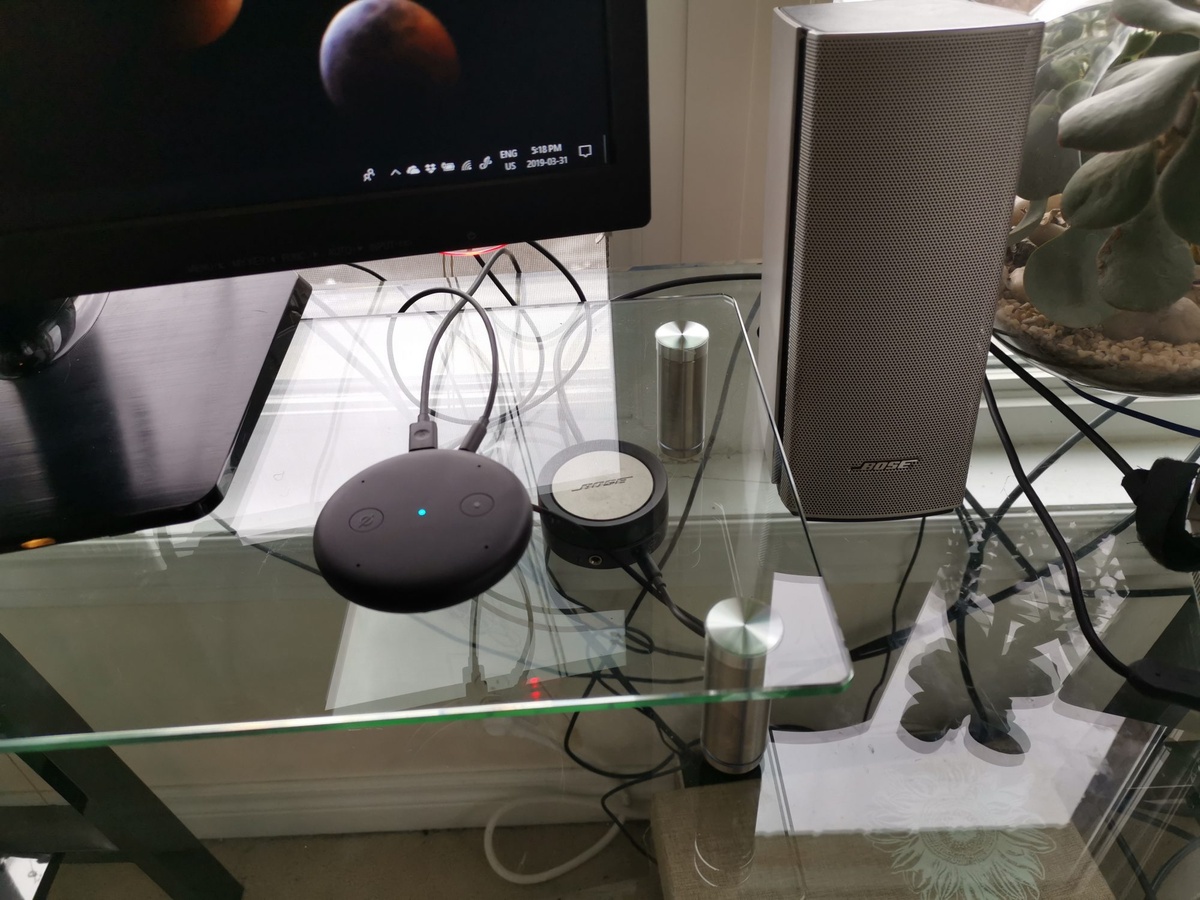

Home Automation Appliances
How To Use Alexa As A Computer Speaker
Modified: January 4, 2024
Learn how to use Alexa as a computer speaker and enhance your home automation appliances. Find out how to integrate Alexa with your computer for a seamless audio experience.
(Many of the links in this article redirect to a specific reviewed product. Your purchase of these products through affiliate links helps to generate commission for Storables.com, at no extra cost. Learn more)
Introduction
Welcome to the future of smart home technology, where the seamless integration of devices enhances our everyday experiences. In this article, we'll explore the innovative ways to utilize your Alexa device as a computer speaker. By leveraging the advanced capabilities of Alexa, you can transform your computer into a powerful audio hub, amplifying your entertainment and productivity.
Alexa, the intelligent virtual assistant developed by Amazon, is renowned for its multifaceted functionality. From managing daily tasks to controlling smart home devices, Alexa has become an indispensable part of modern households. However, its potential extends beyond the confines of a standalone smart speaker. By harnessing the synergy between Alexa and your computer, you can unlock a new dimension of convenience and versatility.
Join us on this journey as we delve into the seamless process of setting up Alexa as a computer speaker, exploring the various methods to connect Alexa to your computer, and discovering the myriad of possibilities when using Alexa to enhance your computer's audio output. Additionally, we'll address common troubleshooting issues, ensuring that you can maximize the benefits of this integration without unnecessary hurdles.
Whether you're an avid music enthusiast, a dedicated gamer, or a professional seeking immersive audio experiences, incorporating Alexa as a computer speaker can elevate your digital lifestyle. Let's embark on this exploration of technology and innovation, empowering you to harness the full potential of your smart devices.
Key Takeaways:
- Transform your computer into a powerful audio hub by seamlessly integrating Alexa as a speaker, enhancing entertainment, productivity, and immersive multimedia experiences.
- Embrace the future of interconnected devices by leveraging Alexa as a computer speaker, empowering you to redefine your digital lifestyle with dynamic and immersive audio interactions.
Read more: How To Use Alexa As A Speaker Aux
Setting up Alexa as a Computer Speaker
Before delving into the seamless integration of Alexa with your computer as a speaker, it’s essential to ensure that your Alexa device is ready to fulfill this expanded role. First and foremost, confirm that your Alexa device is connected to your home network and functioning optimally. This entails verifying the power supply, network connectivity, and the latest firmware updates for your Alexa device.
Once the foundational aspects are in order, you can explore the various methods to establish Alexa as a computer speaker. One of the primary considerations is the type of Alexa device you possess. Whether it’s an Echo Dot, Echo, or another variant, the setup process generally follows a similar trajectory.
To begin, open the Alexa app on your smartphone or access the Alexa web interface on your computer. Navigate to the settings section and select the option for adding a new device. Follow the on-screen prompts to connect your computer to the Alexa device. This may involve enabling Bluetooth pairing or configuring the audio output settings to route sound through the Alexa device.
Furthermore, if your computer supports voice assistants such as Amazon Alexa, you can explore dedicated software or plugins that facilitate seamless integration. These applications streamline the connection process, allowing your computer to recognize and utilize Alexa as a designated audio output device.
Additionally, consider the placement of your Alexa device for optimal audio dispersion. Position it within proximity of your computer while ensuring that it’s strategically located to deliver immersive sound without obstruction. By strategically situating your Alexa device, you can maximize its impact as a computer speaker, enveloping your workspace in rich, high-quality audio.
Once the physical and digital configurations are in place, you’re poised to harness the full potential of Alexa as a computer speaker. This integration not only amplifies the audio capabilities of your computer but also expands the utility of your Alexa device, transforming it into a versatile audio hub.
With the foundational setup complete, let’s proceed to explore the diverse methods of connecting Alexa to your computer, paving the way for a seamless and immersive audio experience.
Connecting Alexa to Your Computer
Connecting Alexa to your computer opens a world of possibilities, seamlessly integrating the capabilities of your smart assistant with the audio output of your computer. There are several methods to achieve this connection, each offering unique advantages and flexibility.
One of the most straightforward approaches is to utilize Bluetooth connectivity. Most Alexa devices, including the popular Echo and Echo Dot, are equipped with Bluetooth functionality, allowing them to pair with compatible devices such as computers and smartphones. To initiate this pairing process, simply activate Bluetooth pairing mode on your Alexa device and access the Bluetooth settings on your computer. From the list of available devices, select your Alexa device to establish the connection. Once paired, your computer can utilize the Alexa device as a wireless speaker, delivering high-quality audio output for various applications.
Alternatively, if your computer features built-in support for voice assistants such as Amazon Alexa, you can leverage this native compatibility to seamlessly integrate your Alexa device. By configuring the appropriate settings and permissions, your computer can recognize and utilize the Alexa device as a designated audio output, streamlining the audio routing process and enhancing your overall audio experience.
For users seeking a more comprehensive integration, dedicated software and plugins offer a compelling solution. These applications are designed to bridge the gap between Alexa and your computer, facilitating seamless communication and audio transmission. By installing and configuring these tools, you can unlock a myriad of features, including voice-controlled audio playback, synchronized multi-device audio, and customizable audio routing options.
Regardless of the method you choose, it’s essential to ensure that the connection between Alexa and your computer is stable and reliable. This entails verifying the signal strength, optimizing the placement of your Alexa device for optimal coverage, and addressing any potential interference that may impact the audio transmission.
Once the connection is established, you can explore the diverse applications of using Alexa as a computer speaker, ranging from immersive multimedia experiences to enhanced productivity through voice-controlled audio playback. The seamless integration of Alexa with your computer empowers you to leverage the full potential of your smart devices, creating a cohesive and immersive digital ecosystem.
With the connection between Alexa and your computer solidified, let’s delve into the practical aspects of using Alexa as a computer speaker, harnessing its advanced capabilities to elevate your audio experiences.
Using Alexa as a Computer Speaker
Once Alexa is seamlessly connected to your computer, the possibilities for leveraging it as a powerful audio output device abound. Whether you’re indulging in your favorite music, engaging in immersive gaming experiences, or seeking a hands-free approach to audio playback, Alexa can elevate your computer’s audio capabilities to new heights.
One of the primary advantages of using Alexa as a computer speaker lies in its voice-controlled functionality. By issuing simple voice commands, you can instruct Alexa to play specific songs, albums, or playlists, effortlessly navigating your audio library without the need to manually interact with your computer. This hands-free approach enhances convenience and accessibility, allowing you to focus on your tasks while enjoying seamless audio playback.
Furthermore, Alexa’s integration as a computer speaker extends beyond basic audio playback. You can leverage its advanced features, such as multi-room audio synchronization, to create a cohesive audio environment across your home or workspace. By grouping multiple Alexa devices, including your computer-integrated Alexa speaker, you can synchronize audio playback and enjoy a consistent audio experience throughout your designated areas.
In addition to entertainment, Alexa’s role as a computer speaker enhances productivity by enabling voice-controlled audio playback for various tasks. Whether you’re conducting virtual meetings, delivering presentations, or engaging in creative endeavors, the ability to seamlessly control audio output through Alexa streamlines your workflow and fosters a more dynamic and efficient work environment.
Moreover, the integration of Alexa as a computer speaker amplifies the immersive qualities of gaming and multimedia experiences. By leveraging Alexa’s high-quality audio output, you can immerse yourself in the rich soundscapes of your favorite games, movies, and multimedia content, elevating the overall sensory experience and enhancing your engagement with digital entertainment.
It’s important to explore the diverse capabilities of Alexa as a computer speaker, ranging from customized audio settings to seamless integration with your preferred audio applications. By familiarizing yourself with the advanced features and functionalities, you can tailor the audio experience to suit your preferences, creating a personalized and immersive audio environment that complements your digital lifestyle.
As you embark on this journey of utilizing Alexa as a computer speaker, consider the myriad of possibilities it presents. From enriching your entertainment experiences to streamlining your daily tasks, Alexa’s seamless integration with your computer as a speaker empowers you to redefine your audio interactions and embrace a more dynamic and immersive digital lifestyle.
Troubleshooting Common Issues
While integrating Alexa as a computer speaker offers a myriad of benefits, it’s essential to be aware of potential challenges that may arise during the setup and usage. By understanding and addressing these common issues, you can ensure a seamless and optimized experience when using Alexa as a computer speaker.
Read more: How To Use Alexa As Speaker For Pc
1. Connectivity and Signal Interference
One of the primary issues that users may encounter involves connectivity and signal interference. Ensure that your Alexa device and computer maintain a stable and strong Bluetooth connection, minimizing the risk of audio interruptions or latency. Additionally, identify and mitigate potential sources of signal interference, such as electronic devices or physical obstructions, that may impact the reliability of the audio transmission.
2. Audio Routing and Settings
Occasionally, users may encounter challenges related to audio routing and settings. Verify that your computer recognizes the Alexa device as a designated audio output, and adjust the audio settings as necessary to ensure optimal audio playback. This may involve configuring the default audio output device and adjusting volume levels to achieve the desired audio experience.
3. Firmware and Software Updates
Keeping both your Alexa device and computer updated with the latest firmware and software releases is crucial for maintaining compatibility and addressing potential bugs or performance issues. Regularly check for updates for your Alexa device and computer operating system, ensuring that you benefit from the latest enhancements and optimizations that facilitate a seamless integration.
4. Voice Recognition and Commands
If you encounter challenges with voice recognition or commands when using Alexa as a computer speaker, consider recalibrating the voice recognition settings and optimizing the placement of your Alexa device for enhanced audio pickup. Additionally, familiarize yourself with the supported voice commands and their syntax to ensure accurate and efficient interaction with Alexa.
Read more: What Speakers Work With Alexa
5. Device Compatibility and Limitations
It’s essential to be mindful of device compatibility and limitations when integrating Alexa as a computer speaker. Verify that your computer and Alexa device are compatible in terms of supported audio protocols and connectivity standards. Additionally, be aware of any potential limitations, such as audio quality restrictions or feature variances based on the specific Alexa device model.
By proactively addressing these common issues and implementing effective troubleshooting strategies, you can optimize the integration of Alexa as a computer speaker, ensuring a seamless and immersive audio experience that aligns with your digital lifestyle.
Conclusion
As we conclude our exploration of utilizing Alexa as a computer speaker, it’s evident that this integration represents a convergence of innovation and convenience, amplifying the audio capabilities of your computer while harnessing the advanced features of Alexa. By seamlessly connecting these devices, you can elevate your digital experiences across entertainment, productivity, and immersive multimedia interactions.
The process of setting up Alexa as a computer speaker encompasses a harmonious blend of hardware and software configurations, ensuring that your Alexa device seamlessly integrates with your computer’s audio output. Whether through Bluetooth pairing, native voice assistant support, or dedicated software solutions, the connection between Alexa and your computer paves the way for a dynamic and versatile audio environment.
Once the connection is established, the myriad of possibilities for using Alexa as a computer speaker unfolds. From voice-controlled audio playback and multi-room audio synchronization to enhanced gaming and multimedia experiences, Alexa empowers you to interact with your computer’s audio output in a seamless and intuitive manner. This integration not only enhances entertainment and productivity but also fosters a more immersive and dynamic digital lifestyle.
However, it’s essential to be mindful of common troubleshooting issues that may arise, such as connectivity challenges, audio routing settings, and device compatibility considerations. By proactively addressing these issues and optimizing the integration, you can ensure a seamless and optimized experience when using Alexa as a computer speaker, maximizing the benefits of this innovative convergence.
As technology continues to evolve, the seamless integration of smart devices with traditional computing platforms opens new frontiers for personalized and immersive digital experiences. By embracing the capabilities of Alexa as a computer speaker, you’re not only enhancing your audio interactions but also embracing the future of interconnected and intelligent devices.
In conclusion, the integration of Alexa as a computer speaker represents a paradigm shift in audio interactions, empowering you to redefine your digital lifestyle and embrace a more dynamic and immersive audio environment. As you embark on this journey, may the seamless synergy between Alexa and your computer amplify your audio experiences and enrich your digital interactions in meaningful and transformative ways.
Frequently Asked Questions about How To Use Alexa As A Computer Speaker
Was this page helpful?
At Storables.com, we guarantee accurate and reliable information. Our content, validated by Expert Board Contributors, is crafted following stringent Editorial Policies. We're committed to providing you with well-researched, expert-backed insights for all your informational needs.
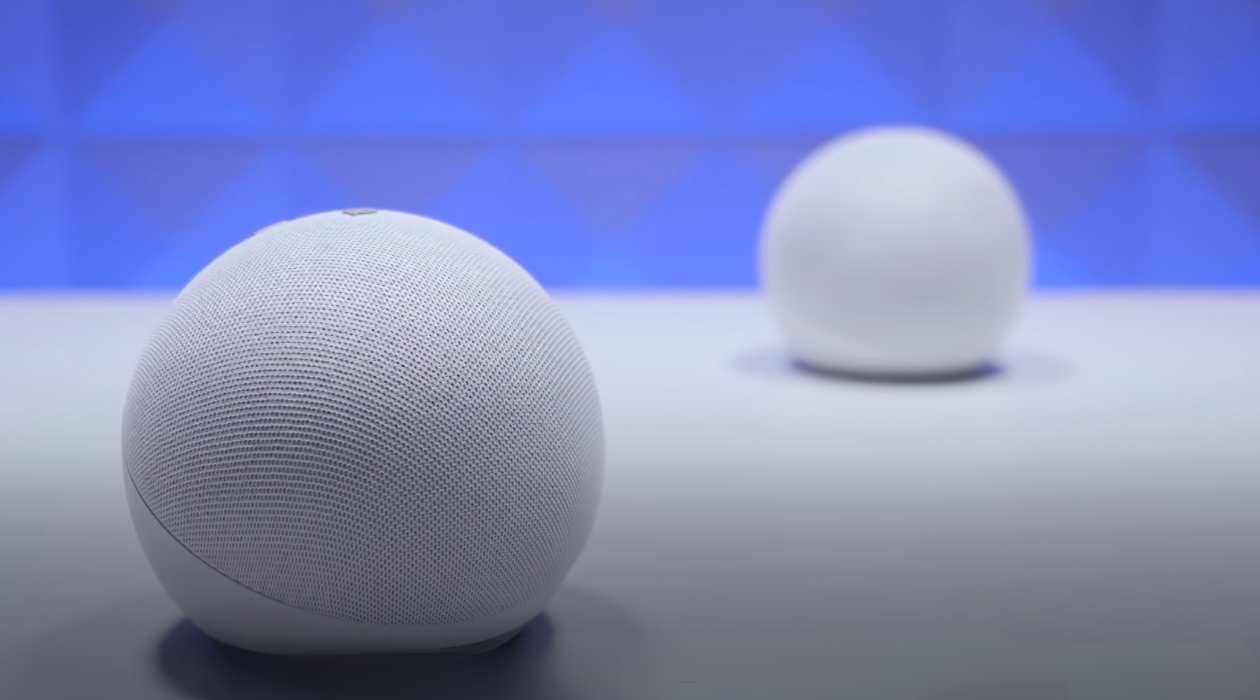
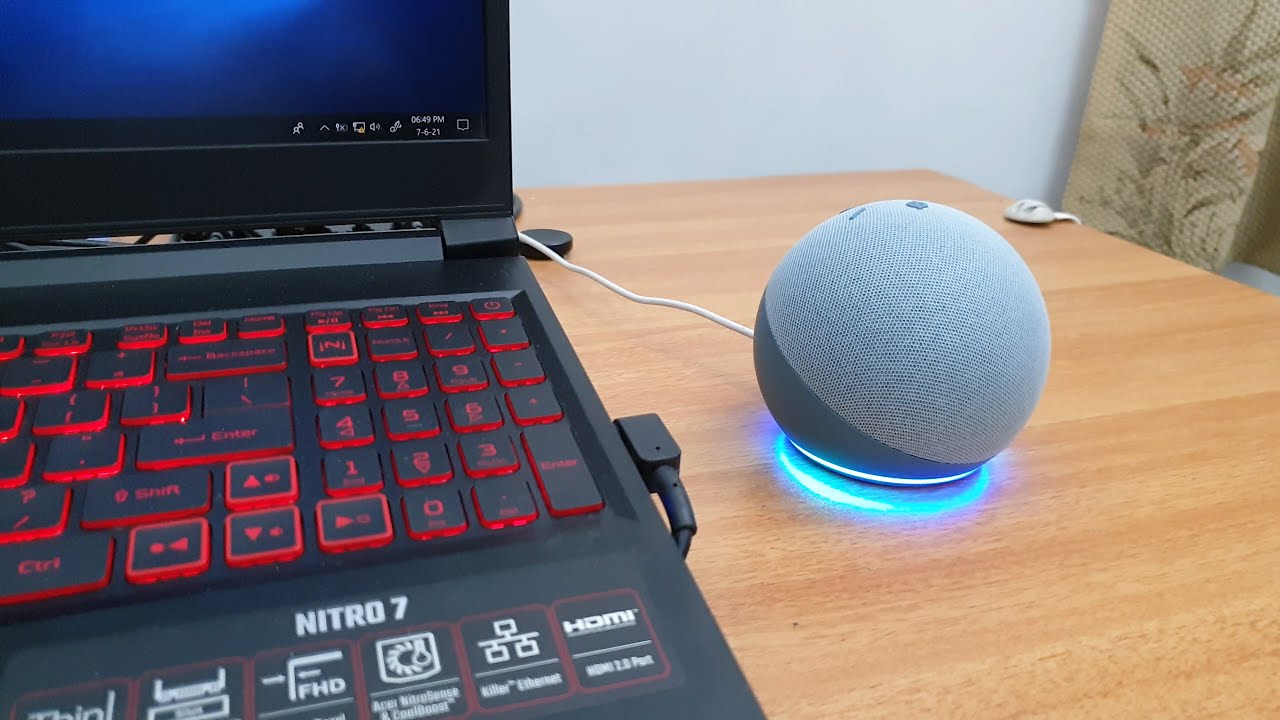
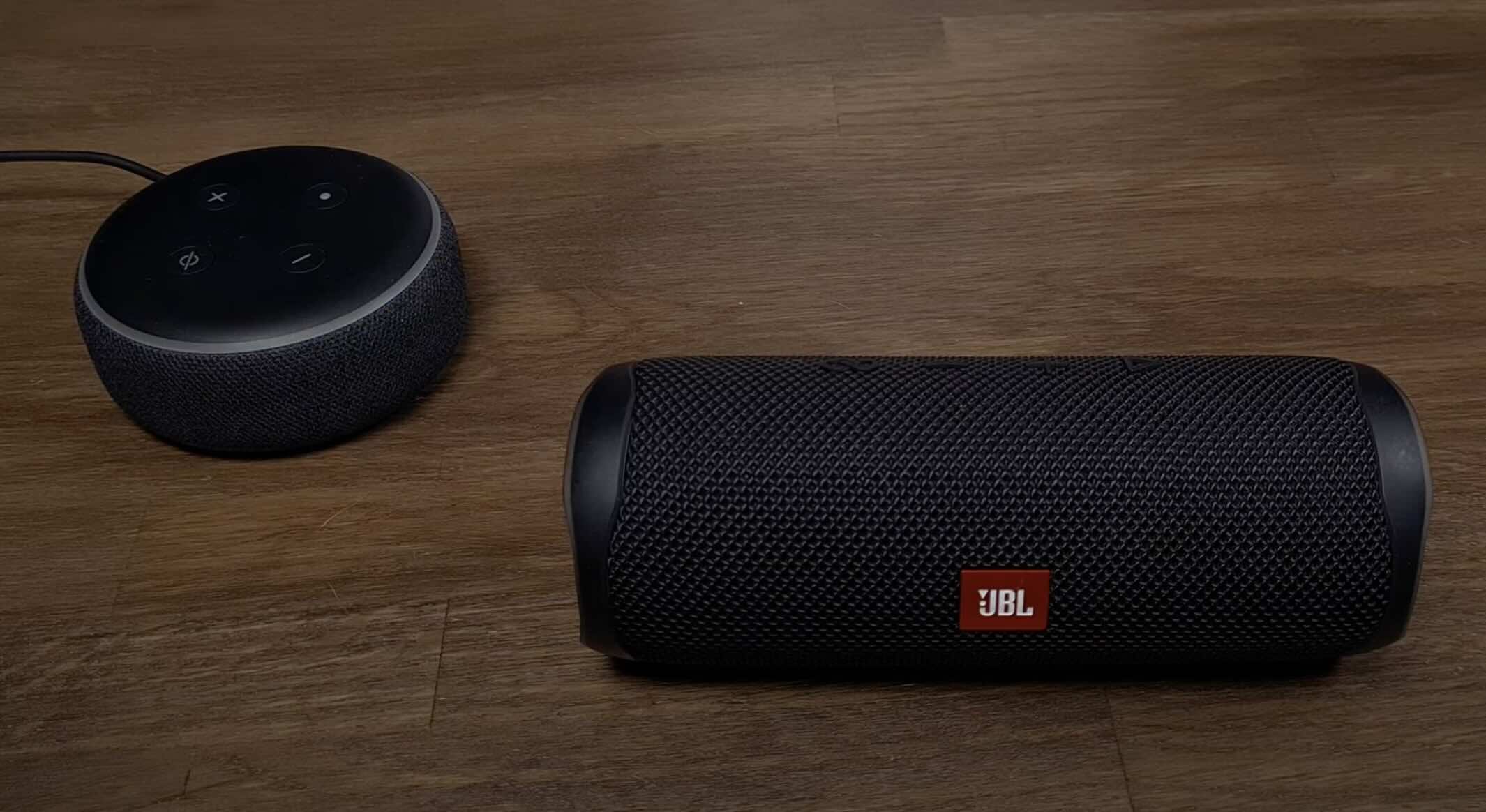
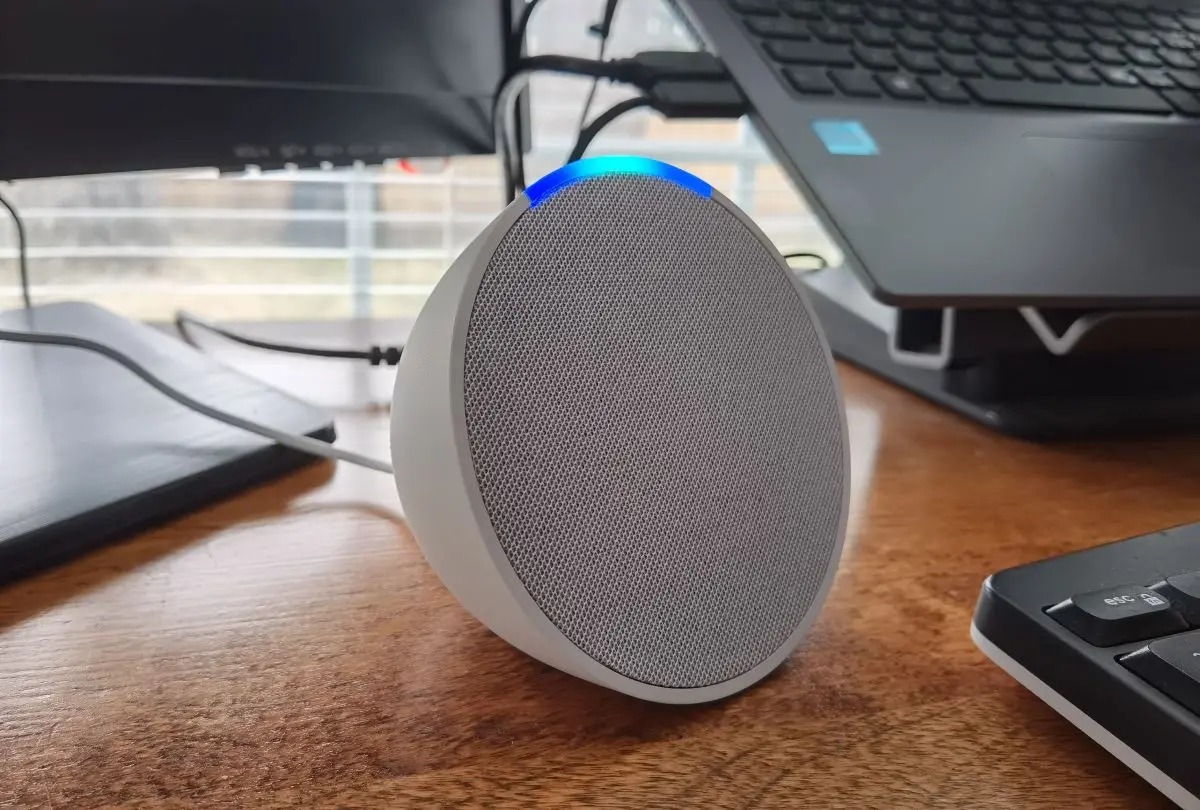
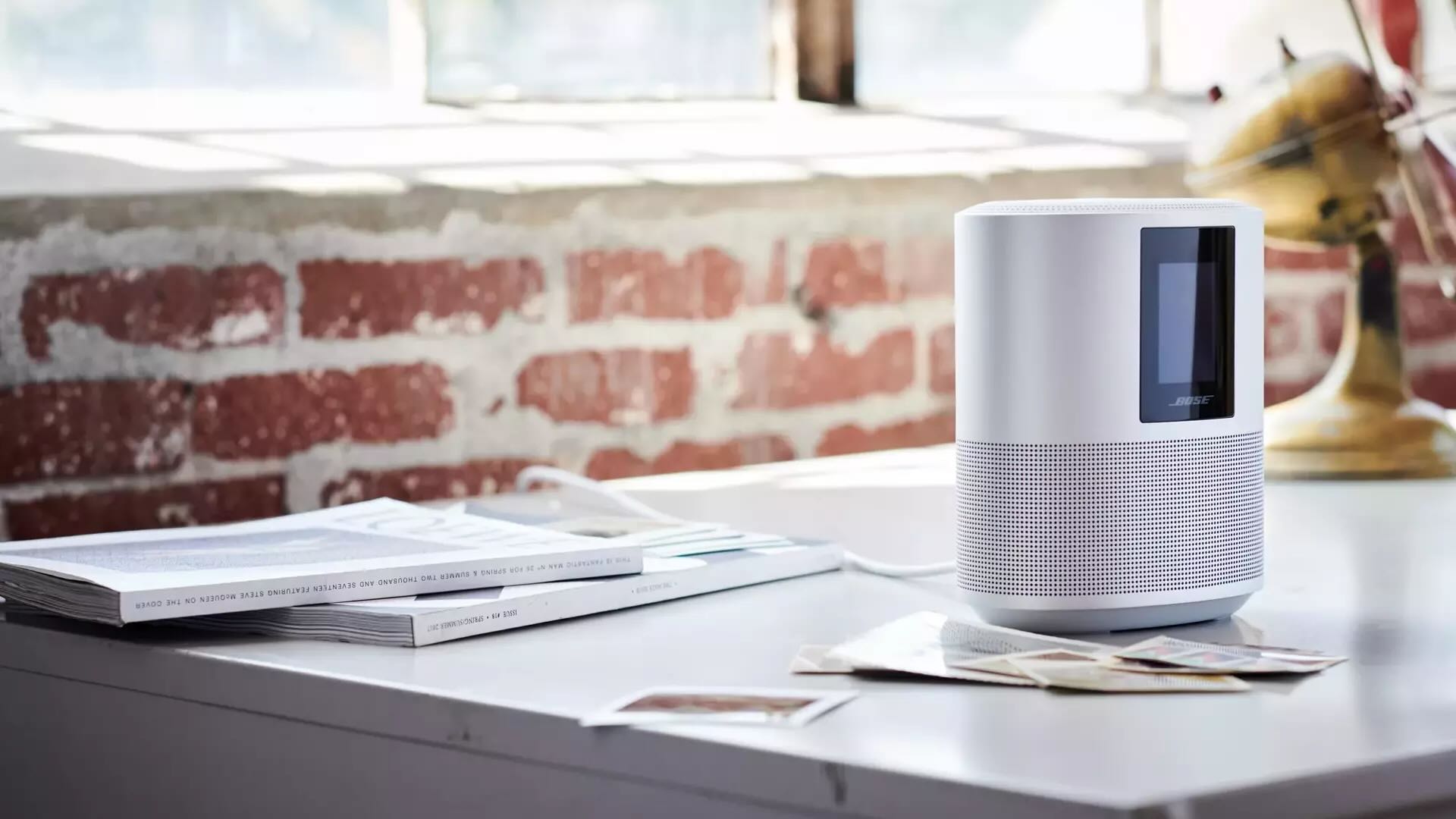
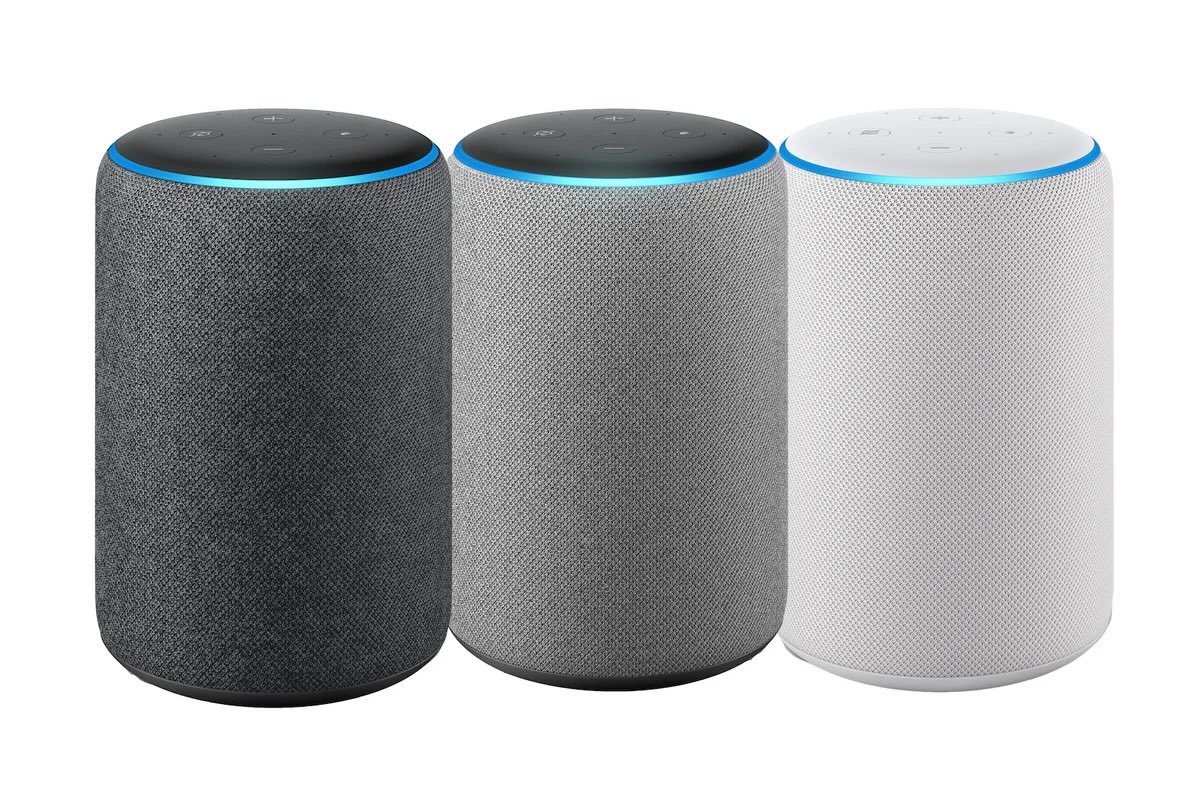
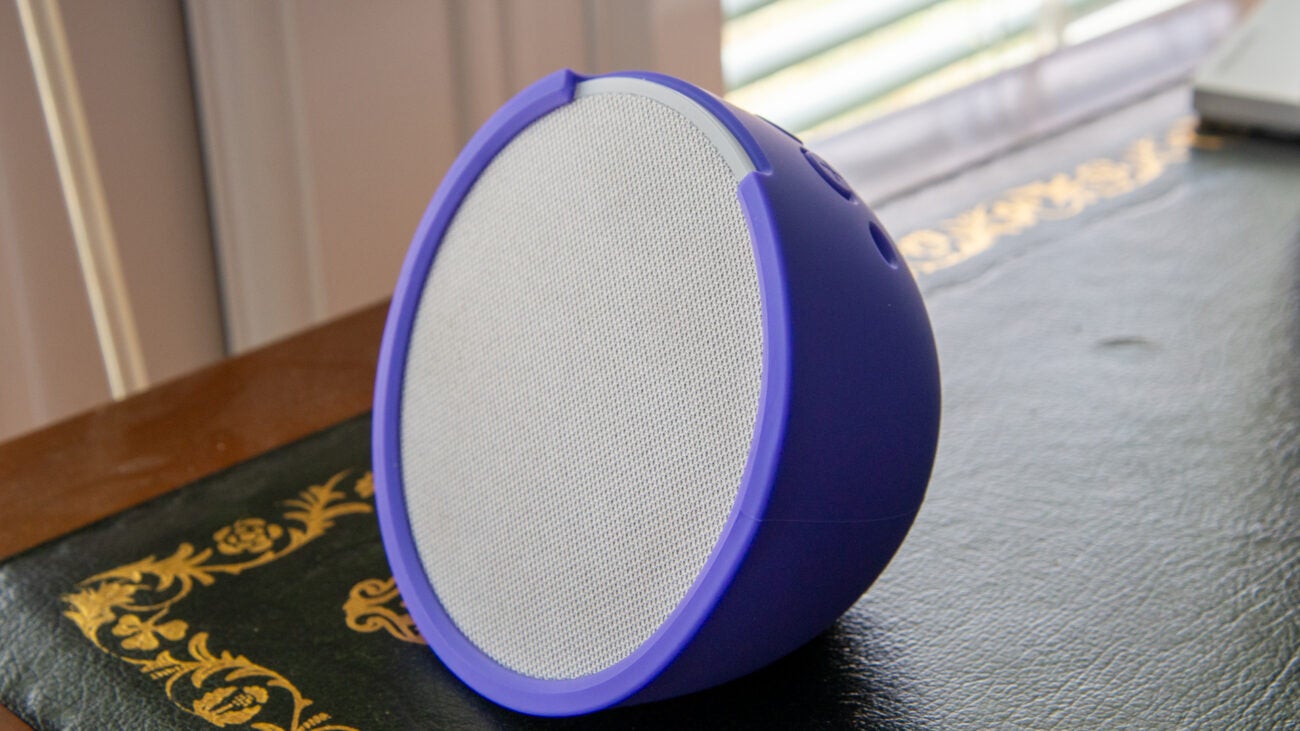
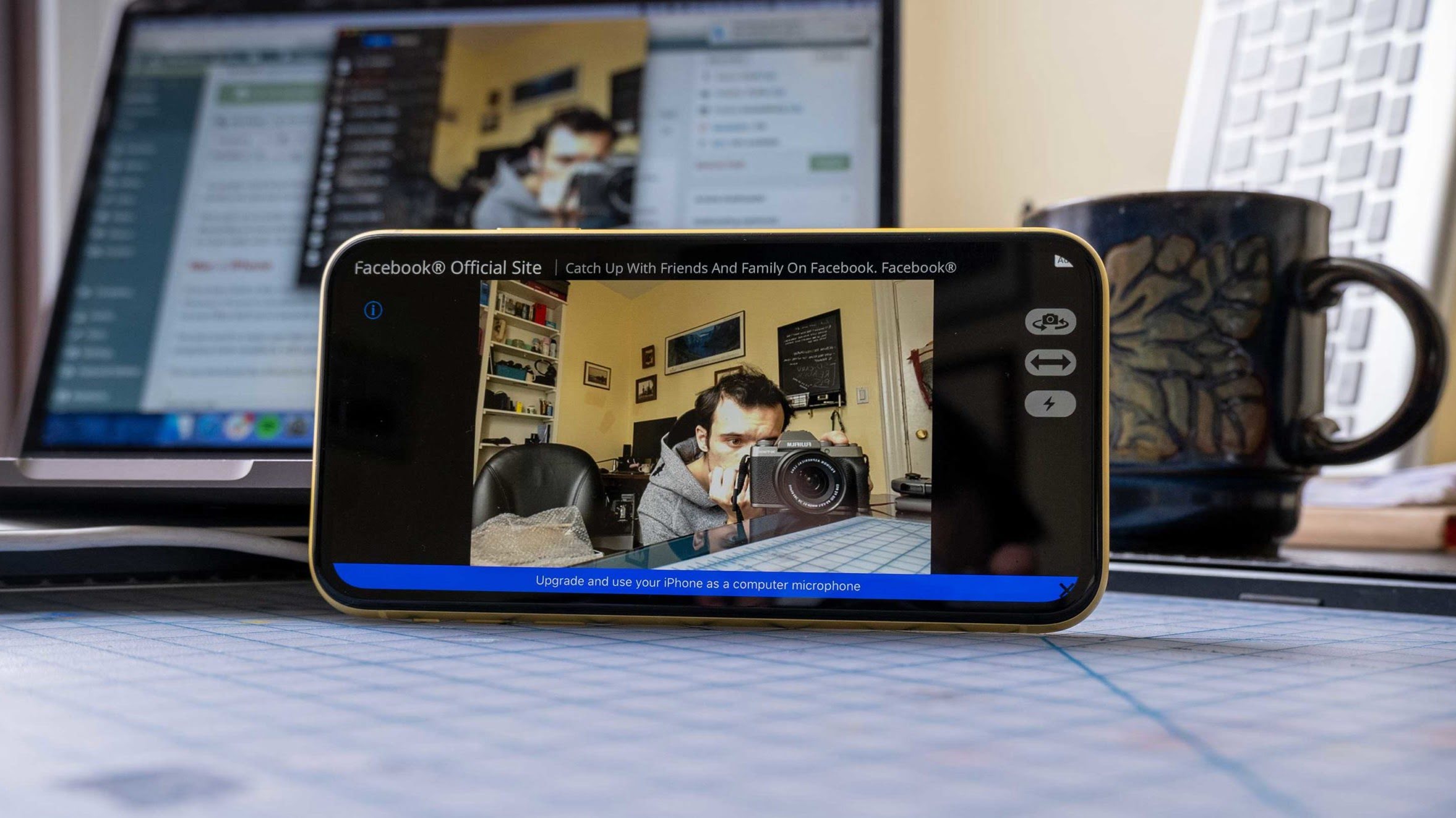
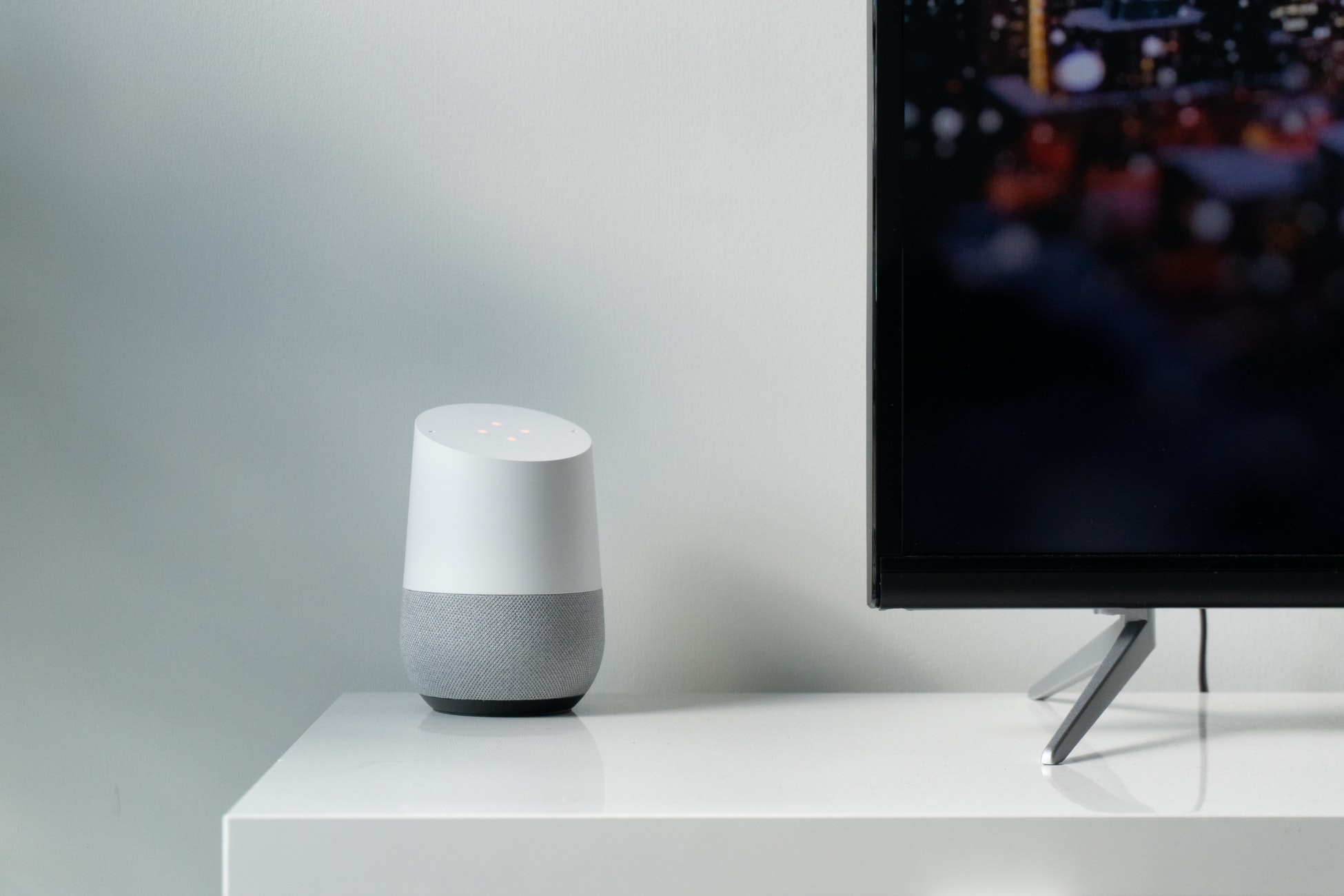
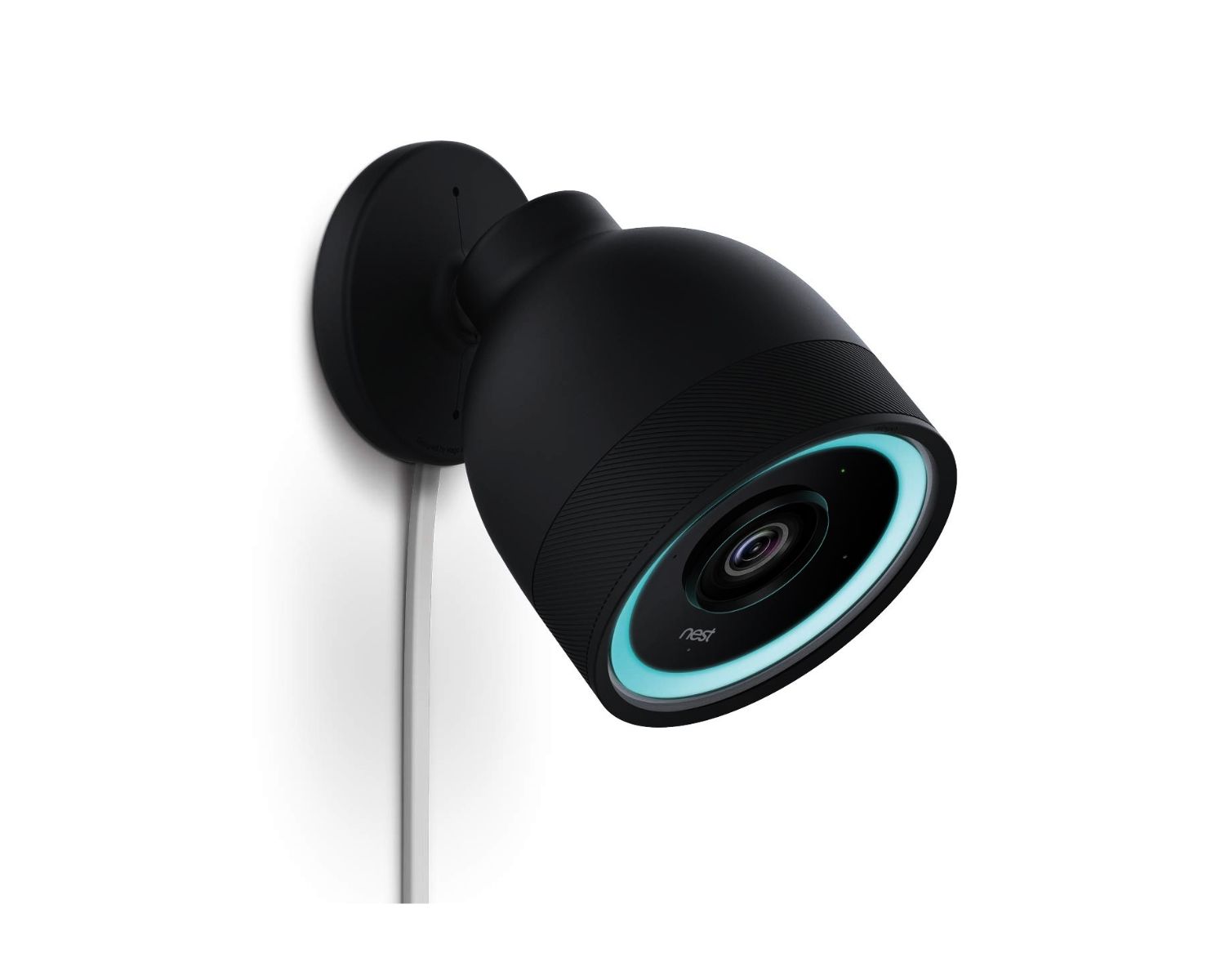


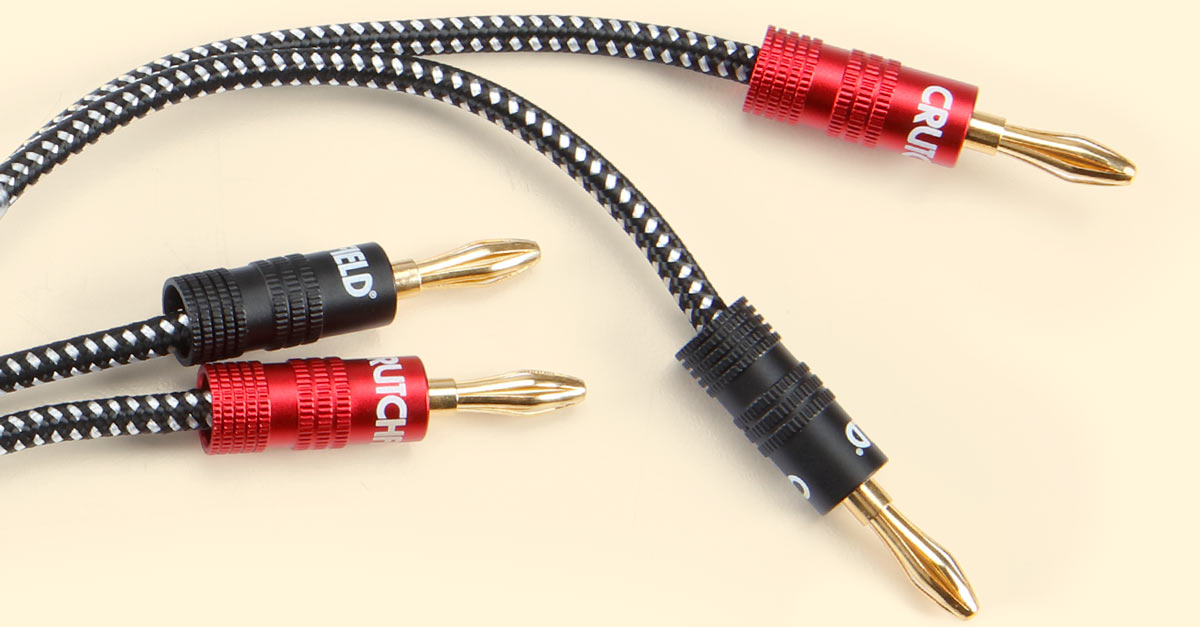

0 thoughts on “How To Use Alexa As A Computer Speaker”